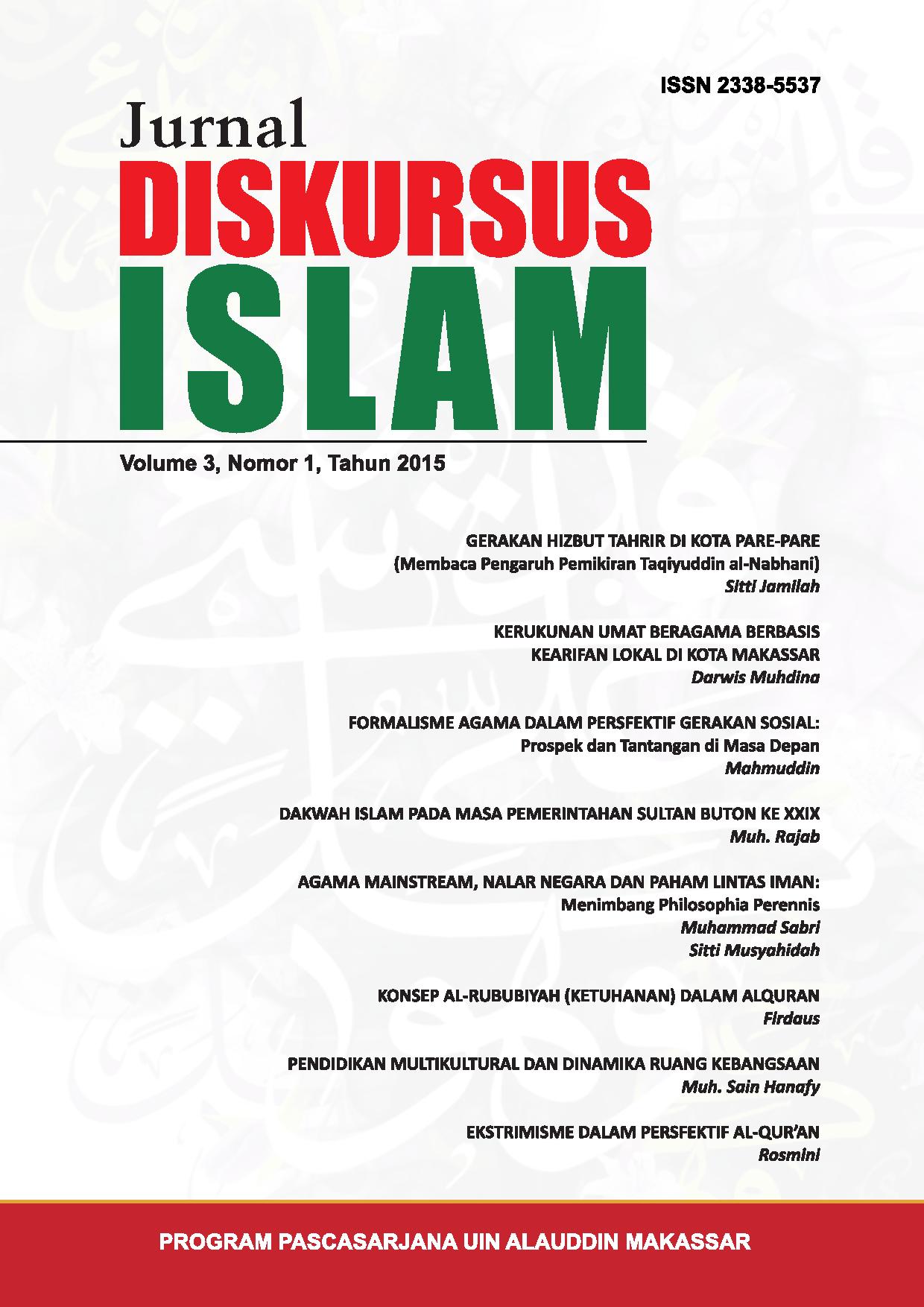Prinsip Dasar Restorative Justice dalam Menyelesaikan Perkara Pidana Anak
Abstract
The central issue of this study was the concept of restorative justice for children in confrontation with the law from an Islamic legal standpoint. This was a qualitative study employing a normative (syar'i) methodology. This study utilized primary data sources, including information from the Police, Prosecutors, Judges, and Social Institutions. And secondary sources such as books, journals, and articles. This study utilized observation, interviews, documentation, and reference tracking to acquire its data. Data processing and analysis procedures were implemented in a series of processes, including data selection, data examination, data classification, and data compilation. Based on the findings of this study, the fundamental elements of restorative justice in resolving criminal cases involving children in confrontation with the law are child protection, the best interests of the child, and kinship. In criminal cases involving children in dispute with the law, the concepts of restorative justice were implemented through mediation, deliberation, consensus, direction, and supervision of children. In criminal cases involving children in dispute with the law, the practice of restorative justice has the social effects of eradicating the stigma or labeling of children as mischievous, as well as promoting child growth and child development.
References
Adi, Koeno, Kebijakan Kriminal dalam Peradilan Pidana yang Beriorientasi pada Kepentingan Terbaik Bagi Anak, Malang: Fakultas Hukum Brawijaya Malang, 2009.
Angkasa, dkk., Model Peradilan Restoratif Dalam Sistem Peradilan Anak (Kajian tentang Praktik Mediasi Pelaku dan Korban dalam Proses Peradilan Anak di Wilayah Hukum Balai Pemasyarakatan Purwokerto), Jurnal Dinamika Hukum, Vol. 9, No. 9, Jakarta, September 200
Asgart, Sofian Munawar, dkk, ‚Keadilan Restoratif Bagi Anak Berhadapan Dengan Hukum, Kasus Jakarta, Surabaya, Denpasar dan Medan
Asquith, Stewart, Children and Young People in comflict with the law, Jesica Kingsley publishers, London, 1996.
Awdah, Abdul Qadir, Ensiklopedi Hukum Islam, Jilid II, Bogor: Karisma Ilmu, 2007.
Azhari, Muhammad Tahir, Negara Hukum: Suatu Studi tentang Prinsip-Prinsipnya Dilihat dari Segi Hukum Islam, Implementasinya Pada Periode Negara Madinah dan Masa Kini. Cet ke 4, Jakarta: Kencana Prenada Media Group, 2010.
Dewi, DS. Restorative Justice Diversionary Schemes and Special Children’s Court in Indonesia‛, 1, http://www.general-files.org/go/139189414500 (diakses 12 september 2020)
Dirdjosisworo, Soedjono, Pengantar Ilmu Hukum, Jakarta: RajaGrafindo Persada, 2005.
Hadisuprapto, Paulus, Peradilan Restoratif: Model Alternatif Perlindungan Hukum Anak Dalam Perspektif Hukum Nasional dan Internasional Denpasar: Pustaka Larasan, 2012.
Hamzah, Andi, Asas-asas Hukum Pidana Islam, Jakarta, Rineka Cipta, 1991.
https://www.researchgate.net/publication/ 320557512_Pengertian_ Restorative _Justice_ Keadilan_ Restoratif diakses tgl. 18 Juli 2020.
Kementrian Agama RI, Al-Qur'an dan Terjemahnya, Cet, I; Surabaya: UD Halim, 2013.
Marlina, Pengembangan Konsep Diversi dan Restorative Justice dalam Sistem Peradilan Pidana anak di Indonesia (Bandung: Refika Aditama, 2006
Muladi, Kapita Selekta Sistem Peradilan Pidana, B.P. Universitas Diponegoro Semarang.
Nashriana, Perlindungan Hukum Pidana Bagi Anak di Indonesia, Jakarta: PT Raja Grafindo Persada, 2011.
Patton, William Wesley, Contemporary Juvenile Justice System And Juvenile Detention Alternatives‛ Juvenile Justice System, .http://education.stateuniversity.com/pages/2141/- (accessed November 17, 2020).
Qafisheh, Mutaz M., ‚Restorative Justice in the Islamic Penal Law: A Contribution to the Global System‛, International Journal of Criminal Justice Sciences Vol 7 Issues 1 January-June 2012.
Sistem Informasi Penelusuran Perkara di Kejaksaan Negeri Makassar
Sistem Informasi Penelusuran Perkara Pengadilan Negeri Makassar
Sistem Informasi Penelusuran Perkara Polrestabes Makassar
Supeno, Hadi, Kriminalisasi Anak, Gramedia Pustaka Utama, Jakarta 2010
Syachdin, “Application of The Ultimum Remedium Principle to The Children Involved in Narcotic”, Tadulako Law Review, 1, 2 (2016), h. 200
Undang-Undang Dasar (UUD) 1945 perubahan kedua Bab XA Pasal 28B ayat (2) dan Pasal 28H ayat (2).
Undang-Undang No 4 tahun 1979 tentang Kesejahteraan Anak Bab IV Usaha Kesejahteraan Anak Pasal 11.
Wahyudi, Dheny, “Perlindungan terhadap Anak yang Berhadapan dengan Hukum Melalui Pendekatan Restorative Justice”, Jurnal Ilmu Hukum, 6, 1 (2015.
Wirjono. Asas-Asas Hukum Pidana di Indonesia (Bandung: Refika Aditama, 2003.
Zahra, Afni dan RB. Sularto, “Penerapan Asas Ultimum Remedium dalam Rangka Perlindungan Anak Pecandu Narkotika”, Law Reform, 13, 1 (2017)
Copyright (c) 2024 Muhammad Azhar Nur, Usman Jafar, Marilang Marilang, Muhammad Shuhufi

This work is licensed under a Creative Commons Attribution-ShareAlike 4.0 International License.
Authors who publish with this journal agree to the following terms:
1) Authors retain copyright and grant the journal right of first publication with the work simultaneously licensed under a Creative Commons Attribution License that allows others to share the work with an acknowledgement of the work's authorship and initial publication in this journal.
2) Authors are able to enter into separate, additional contractual arrangements for the non-exclusive distribution of the journal's published version of the work (e.g., post it to an institutional repository or publish it in a book), with an acknowledgement of its initial publication in this journal.
3)Authors are permitted and encouraged to post their work online (e.g., in institutional repositories or on their website) prior to and during the submission process, as it can lead to productive exchanges, as well as earlier and greater citation of published work (See The Effect of Open Access).








